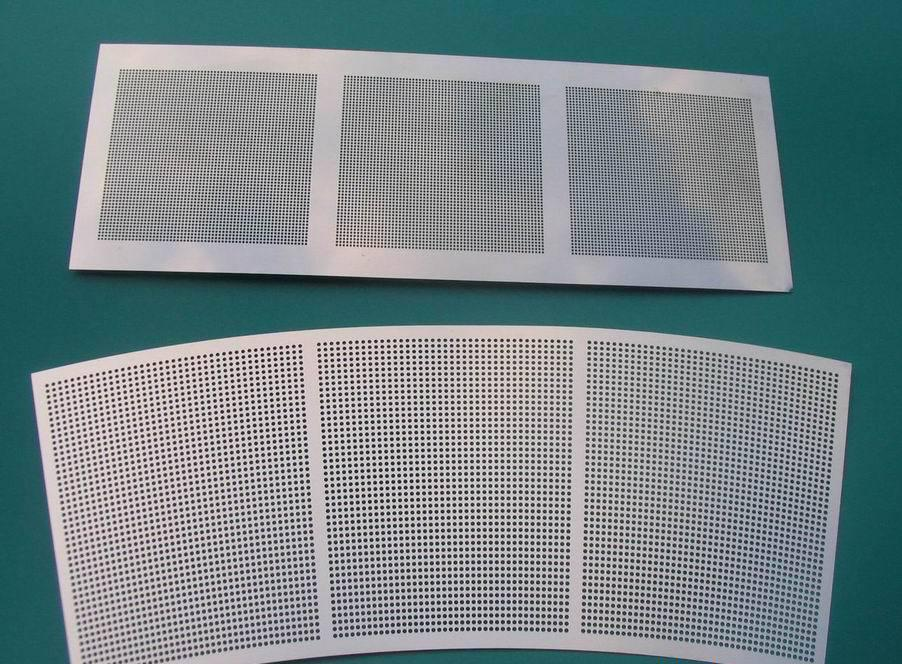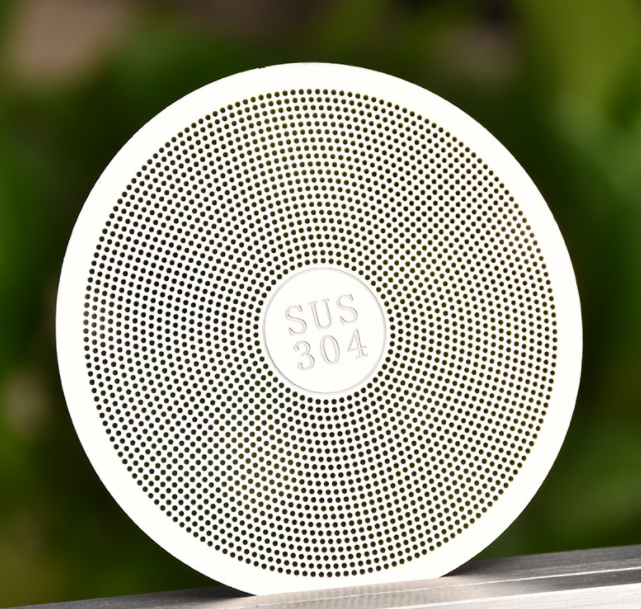Currently, the use of cartridge millipore filter in dust treatment is very popular thanks to the advantages of this system. Let's find out information about this filter in this article.

Content:
Millipore filter tube is a type of cylindrical filter designed to be common in liquid and gas filtration technology to process and remove particles, dirt, impurities, pollution, etc. with the main design being the filter core.
It comes of natural fibers or synthetic fibers such as polypropylene, polyester, etc. In addition, there is a filter tube designed with a metal part to cover the outside.
Horizontal millipore filter
Horizontal cartridge filters cannot use the entire filter area. So the top part of the dust filter will stick more.
Vertical filter
When aligning the millipore filter vertically:
Centrifugal fans create a force that sucks dust through the duct. Dust is led into the filter chamber by the dust collector. When reaching the filter chamber, dust will fall into the hopper.
The residual dust-carrying air stream enters each separate chamber containing the millipore filter element.
These filters are widely common in factories: woodworking, paper processing, cement production, ceramic tile production, mechanics, mining, etc.
Advantages of this filter tubes
The filter tube
After a period of operation, you can check the millipore filter’s performance by measuring its differential pressure. That is, measure the pressure of the dust, then, measure the pressure of the clean air. From this result you can know the amount of stagnant air in the filter.
If the differential pressure is higher than recommended by the manufacturer, this means the filter can no longer clean the dust; it is time to replace the filter.
If the pressure difference is still within acceptable conditions, you should clean the device to make sure the cartridge is working properly.
If you choose to clean the millipore filter, you should clean it carefully, as the cartridge can be punctured. You should limit this situation, because:
Dust will be able to get through your dust collectors. Depending on the workplace, dust will either go out into the environment or return to the factory. This will greatly affect the health of employees as well as the surrounding environment.
Dust can mix with clean air and can return to the plant. The pressure difference will be lower because air can easily pass through the holes. This makes you think the millipore filter is clean and working fine, even if they break.
So, if you do not specialize in cartridge filter maintenance and cleaning, look to the facilities or businesses that specialize in providing this service for the best repair.

Moreover, during liquid filtration, you may want to filter only some unimportant particles and retain some essential particles. At this point, you need to determine the size of the particles to be removed to choose the right bag.
Furthermore, the hole size you should purchase is the size at which a larger particle will capture by the millipore filter with a defined efficiency under strictly defined test conditions. For example, a pore size of 15 µm means that all particles with a pore size of 15 µm or more will retain up to 99% in a filtration process.
Note that fine filters often clog faster. To avoid clogging, it is common to use two or more filtering steps. With each step, the filters become finer to remove smaller particles than in the previous step.
Moreover, this pre-filtration reduces the risk of filter clogging before the filtered liquid is finally ready for use.
Operating conditions have a lot to do with choosing the right filter solution. Depending on the plant, a specific temperature-resistant device or the ability to cope with higher pressures may be important.
Besides choosing the right filter type, the condition where the bag comes also plays a role in sizing the filter bag. You need to know the flow rate to determine the number of filter bags needed.
Furthermore, if the flow rate is high then you may need to consider installing more filter bags to avoid interrupting filter bag changes.
Another factor to consider is the area and height allowed. Often smaller, more compact millipore filter is good because of their high accessibility and ease of exchange.
Especially when filtering viscous liquids, such as glue, paint or plastic. The capacity will be half of the normal size, but the convenience advantage makes it the preferred choice.
Liquid filter bags manufacture from many different types of materials. Typical filter materials are polypropylene, polyester and polyamide– each with unique properties that make them suitable for specific conditions.
Moreover, there are three basic types of filter media: Metal, woven monofilament mesh, and melt blown filter cloth.
